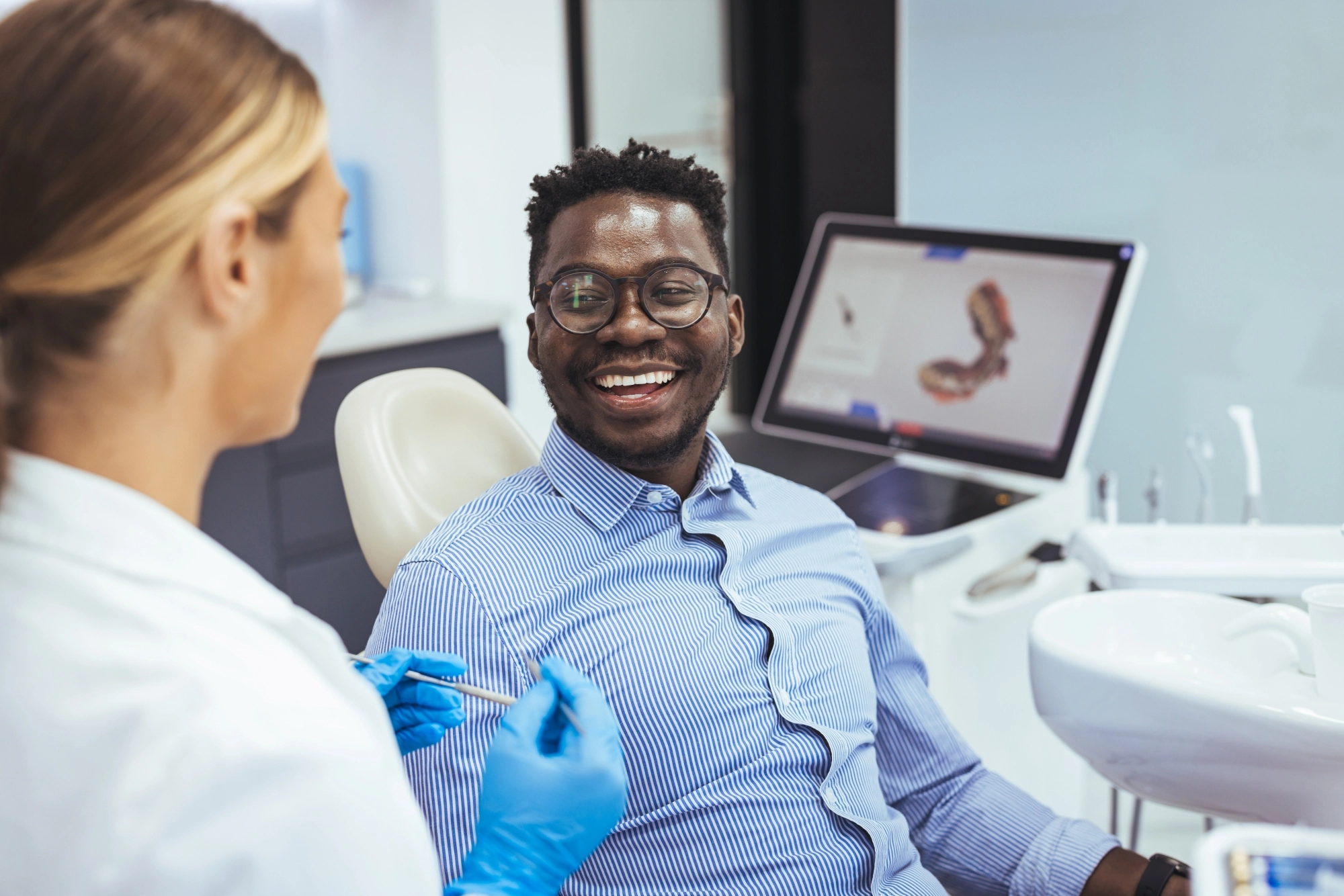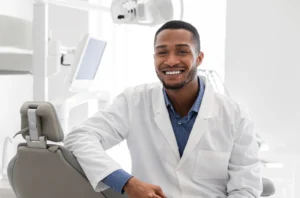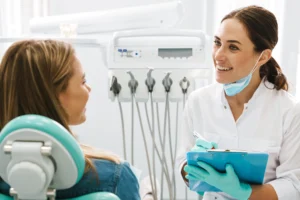Preventive dental scanning is redefining the role of hygiene and routine visits. In the past, scanners were seen mainly as tools for restorative impressions or digital dentures. Today, their value extends far beyond that. When integrated into preventive care, diagnostic scanning creates opportunities for early detection, ongoing monitoring, and stronger patient engagement.
For practices already investing in digital technology, this approach unlocks a new return on investment. It empowers the hygiene team to become a driving force for patient wellness and increasing production.
From Impressions to Information
Most dental teams first encounter scanners in the context of restorative workflows. Crowns, bridges, and implant planning highlight the precision and efficiency that scanning brings compared to traditional impressions. But when hygiene appointments include scanning as a routine diagnostic step, the scope shifts dramatically.
Instead of being a one-time procedural tool, the scanner becomes a preventive resource. Hygienists can capture baseline data during recall visits and track changes over time. This creates a longitudinal record of each patient’s oral health, one that is more detailed, visual, and persuasive than notes alone.
Enhancing Patient Education
Patient education is one of the most immediate benefits of preventive dental scanning. Many patients struggle to connect with abstract explanations of conditions like gingival recession, occlusal wear, or the progression of caries.
When hygienists can display a 3D scan chairside, those conditions are no longer abstract. Patients can rotate the model, zoom in, and visually compare scans from previous visits. This interaction turns hygiene appointments into collaborative conversations. It helps patients see the value of preventive care rather than simply being told about it.
Visual education often leads to stronger compliance with home care instructions and higher acceptance of recommended treatments. The scanner helps patients take ownership of their oral health, reinforcing the hygienist’s role as a coach and partner in long-term wellness.
Supporting Early Detection
Preventive dentistry depends on identifying problems before they escalate. Scanning technology supports this mission by capturing precise surface data that can reveal subtle changes over time.
For example:
- Tooth wear and erosion: Small shifts that may be missed in a single visit become visible when compared across scans.
- Gingival recession: Scans make it possible to document and measure changes with high accuracy, supporting earlier intervention.
- Caries detection support: While not all scanners function as standalone diagnostic devices, newer systems such as the TRIOS 6 and those equipped with Lumina AI offer integrated caries detection features. Even when this capability is not present, scanners still complement other tools by providing a detailed record of surface changes and suspicious areas.
This proactive approach ensures patients receive care at the right time, reducing the need for invasive treatment later. For the practice, it demonstrates a commitment to prevention. That value is increasingly important in both patient care and insurance-driven models.
Building Continuity of Care
A key challenge in preventive care is maintaining continuity across providers and visits. Patients may see different hygienists or rotate between the hygiene team and the dentist. Scans create a shared, objective reference point.
Instead of relying solely on written notes or memory, the entire care team can review the same 3D data. This consistency builds trust with patients and strengthens collaboration across the clinical team.
Digital records also integrate easily with electronic health systems, making them a permanent and accessible part of the patient file. That accessibility streamlines consultations, referrals, and even specialist communication when needed.
Driving ROI Through Teamwide Adoption
One of the most compelling reasons to expand scanning into hygiene is the financial return. Many practices invest in scanners to streamline restorative workflows, but they miss the larger opportunity of maximizing usage across the entire care team.
When hygienists use scanners daily for preventive dental scanning, the device’s cost is spread across far more procedures. The scanner shifts from being a specialty tool to an everyday instrument, much like an intraoral camera.
The results include:
- Higher utilization rates across the entire care team
- Improved case acceptance through visual patient education
- Stronger patient retention as preventive visits feel more valuable and tech-forward
- Greater treatment awareness with tools like ortho simulation and smile design that help patients visualize potential opportunities
- More natural treatment conversations when hygienists introduce optional care during preventive visits
- Better patient understanding of orthodontics as both a cosmetic and functional solution with benefits for periodontal health and occlusion
This long-term return makes the investment in scanning technology not only justifiable but strategically advantageous.
Preparing for the Future of Preventive Dentistry
As dentistry moves toward more personalized, data-driven care, preventive dental scanning will be central to that shift. The ability to document, measure, and track changes creates a digital health record that evolves alongside the patient.
In the future, this data may integrate with artificial intelligence tools to predict risk, identify patterns, or suggest interventions before disease progresses. Practices that already use scanners for preventive care will be positioned ahead of the curve, with years of accumulated data ready to inform next-generation tools.
Practice Impact
Scanners are more than digital impression devices. When integrated into hygiene and preventive care, they transform into wellness tools that support education, early detection, continuity, and long-term monitoring. By adopting preventive dental scanning as part of every recall visit, practices broaden the value of their technology investment and empower the entire team to contribute to patient health.
For patients, the experience is simple. They gain a clearer picture of their oral health, greater confidence in their care, and a stronger partnership with the hygiene team. For practices, it means elevating preventive dentistry to a new standard where technology drives better outcomes for everyone involved.



